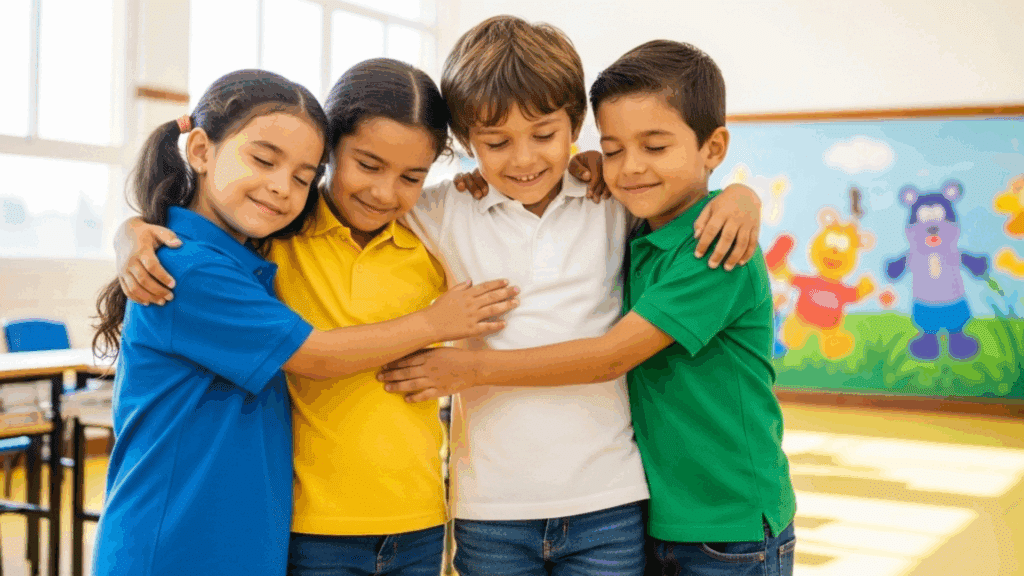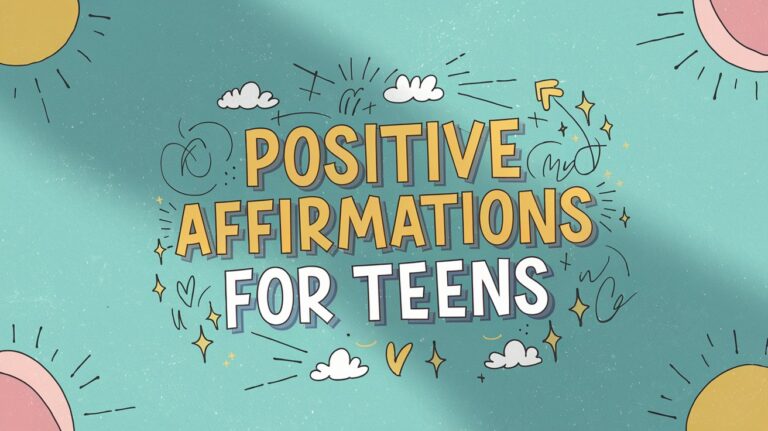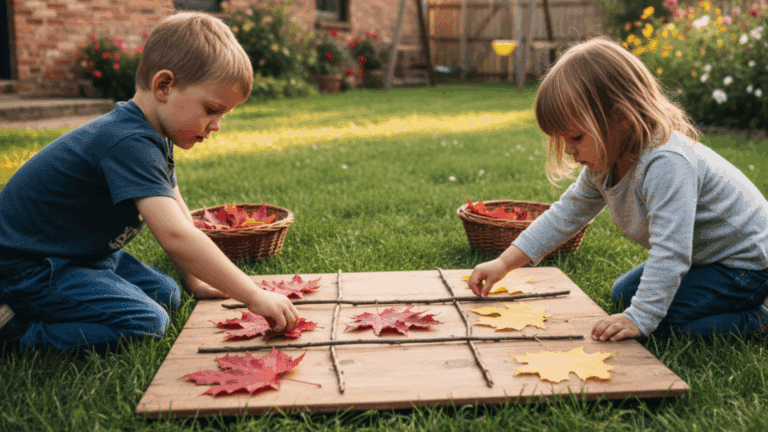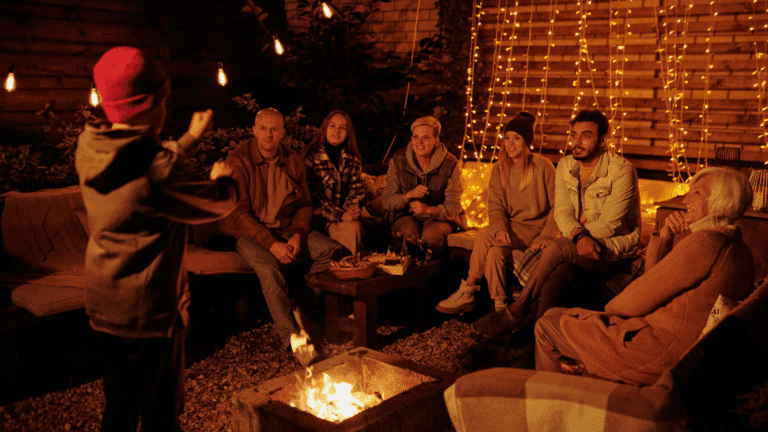Many parents watch their children struggle with making friends, sharing toys, or simply saying “please” and “thank you.” These social challenges are completely normal, but they can leave both kids and parents feeling frustrated.
We promise there are simple, practical ways to help your child build these important life skills. You don’t need special training or expensive programs.
This blog will show you easy social skills for kids. You’ll learn how to turn daily moments into learning opportunities. From role-playing games to setting up playdates, these strategies will help your child connect better with others and feel more confident in social situations
The Importance of Teaching Social Skills to Kids
Teaching social skills for kids is essential because these skills form the foundation for their overall development and future success. Social skills help children communicate effectively, build strong relationships, and adapt to new environments with confidence.
When children learn to listen, share, cooperate, and express their feelings appropriately, they not only enhance their emotional well-being but also improve academic performance and teamwork abilities.
Early development of social skills fosters empathy, problem-solving, and conflict resolution, which are critical for navigating life’s challenges and forming positive connections with others. Ultimately, teaching social skills equips children with the tools to thrive socially, emotionally, and academically throughout their lives.
Top Methods to Teach Social Skills for Kids
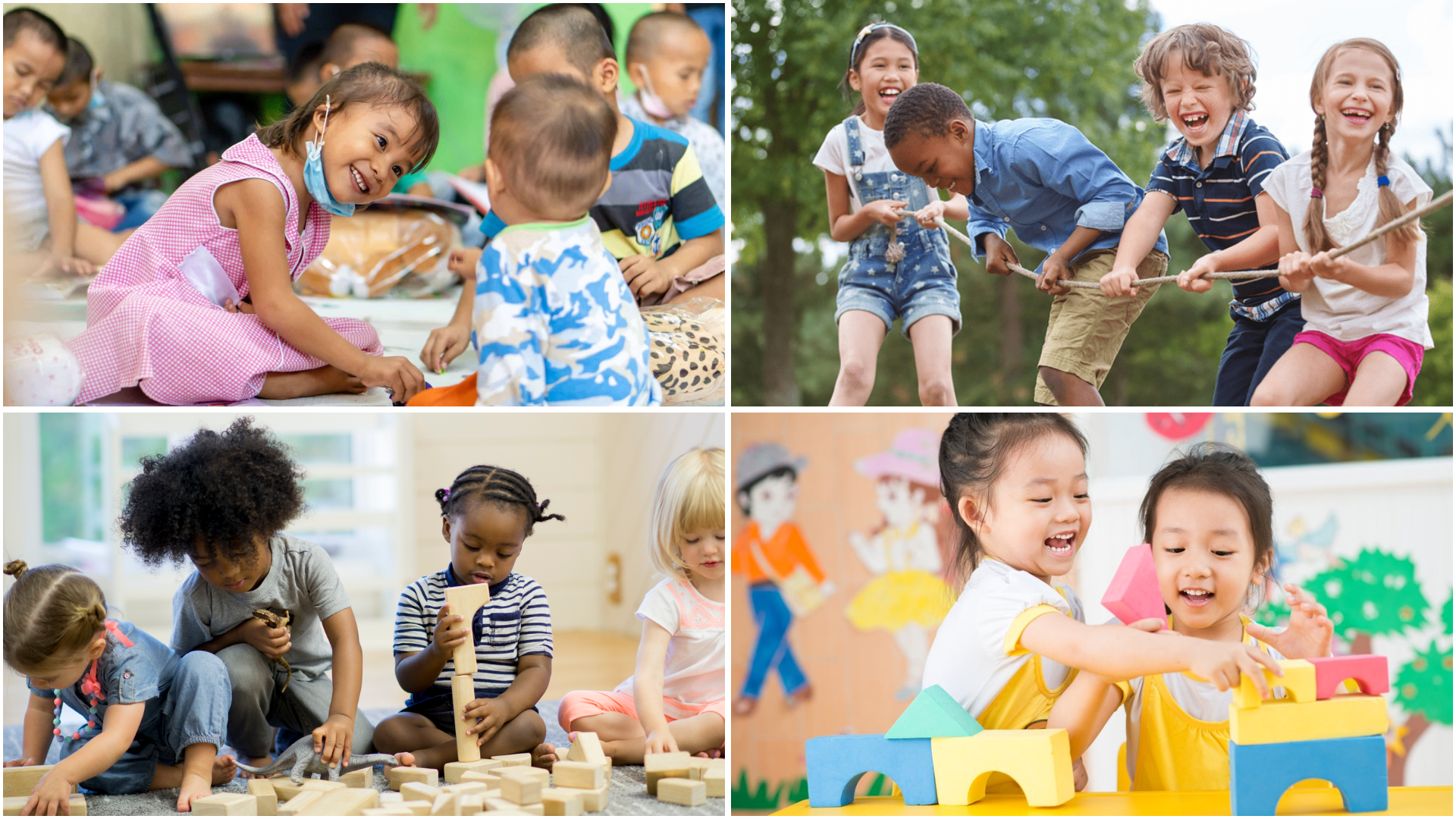
Developing strong social skills is essential for children to build friendships, communicate effectively, and navigate various social situations. Using engaging and practical methods can make learning these skills enjoyable and meaningful for kids.
The following are a few social skills for kids.
1. Real Life Scenarios
By acting out scenarios like introducing themselves, resolving conflicts, or asking to join a game, kids gain confidence and learn appropriate responses.
This method helps them understand perspectives, develop empathy, and become comfortable with real-life interactions by rehearsing them beforehand.
Example:
A teacher sets up a scenario where two students pretend to disagree over a toy. They take turns expressing their feelings and finding a solution, practicing calm communication and compromise.
2. Modeling and Teaching Appropriate Behavior
Children often learn by observing adults and peers. By consistently modeling positive social behaviors, such as active listening, respectful communication, and empathy, adults can set clear examples for kids to follow. Explicitly teaching these behaviors and reinforcing them helps children internalize and replicate them in their interactions.
Example:
A parent demonstrates how to greet a new neighbor politely, showing eye contact and a friendly tone. The child then practices the same greeting with the neighbor, mirroring the parent’s approach.
3. Social Stories
Social stories use short narratives to explain specific social situations, expectations, and appropriate behaviors. These stories break down complex social concepts into relatable and understandable steps, helping children anticipate what to do and how to react in various scenarios.
Example:
A social story describes what happens during lunchtime at school, including waiting in line, using polite words, and sitting with friends. The child reads the story before lunchtime and feels more prepared to join the group.
4. Structured Group Activities
Organized group activities, such as team games or collaborative projects, provide opportunities for children to practice teamwork, communication, and problem-solving. These settings encourage cooperation, turn-taking, and respectful interaction, all within a supportive environment.
Example:
During a group art project, children must share materials, discuss ideas, and work together to create a mural. They learn to listen to each other and negotiate roles.
5. Peer Mentoring
Pairing children with peer mentors allows them to learn social skills from classmates or friends who model appropriate behaviors. Peer mentors guide and support their partners, making the learning process relatable and less intimidating.
Example:
An older student is paired with a younger child to help them navigate the playground. The mentor shows how to join games, introduce themselves, and resolve minor disagreements.
6. Positive Reinforcement
Praising and rewarding positive social behaviors encourage children to repeat those actions. Acknowledging efforts like sharing, cooperating, or using polite language helps reinforce the value of good social skills and builds self-esteem.
Example:
When a child waits patiently for their turn during a board game, the teacher gives them a sticker and verbal praise, reinforcing the importance of patience and turn-taking.
7. Emotion Charades and Games
Games like emotion charades help children recognize, label, and express emotions. By acting out feelings and guessing others’ emotions, kids develop emotional awareness and learn how to respond to the emotions of others.
Example:
Children take turns drawing emotion cards and acting out feelings like “happy,” “sad,” or “frustrated” while others guess. This helps them identify emotions and discuss appropriate reactions.
8. Storytelling and Reading Books
Reading stories or books that focus on social situations and emotions allows children to see examples of social skills in action. Discussing characters’ choices and feelings helps kids understand consequences and alternative responses.
Example:
After reading a story about a character who feels left out, the teacher leads a discussion about what the character could do and how classmates might include them, encouraging empathy and inclusion.
9. Visual Supports and Cue Cards
Visual aids like cue cards, posters, or charts provide concrete reminders of social rules and steps. These tools help children remember what to do in specific situations, especially those who benefit from visual learning.
Example:
A classroom has a chart showing steps for asking to join a game: “Look at the group, wait for a pause, ask politely, listen to the answer.” Children refer to the chart during recess to guide their actions.
10. Small Group Lunch or Activity Sessions
Small group settings create a relaxed environment for practicing conversation, sharing, and relating to others. Guided lunch groups or activity sessions allow children to build friendships and social confidence with structured support.
Example:
A teacher organizes a weekly lunch group where students discuss their favorite hobbies. Each child takes turns speaking and listening, practicing conversational skills in a friendly setting.
11. Structured Social Skills Programs
Evidence-based social skills programs offer systematic instruction and practice in key areas like making friends, conflict resolution, and emotional regulation.
These programs use lessons, activities, and guided practice tailored to children’s developmental levels.
Example:
A school implements a social skills curriculum that includes weekly lessons on topics such as empathy, decision-making, and self-management. Children participate in role-plays and group discussions to reinforce each lesson
Wrapping It
These social skills for kids work because they’re built into everyday life.
The more your child practices, the stronger they become. Some days will be better than others, and that’s perfectly normal. What matters is that you keep supporting them through each interaction.
Give your child space to make mistakes and learn from them.
Every conversation, every shared moment, and every kind gesture they make builds their social foundation.


